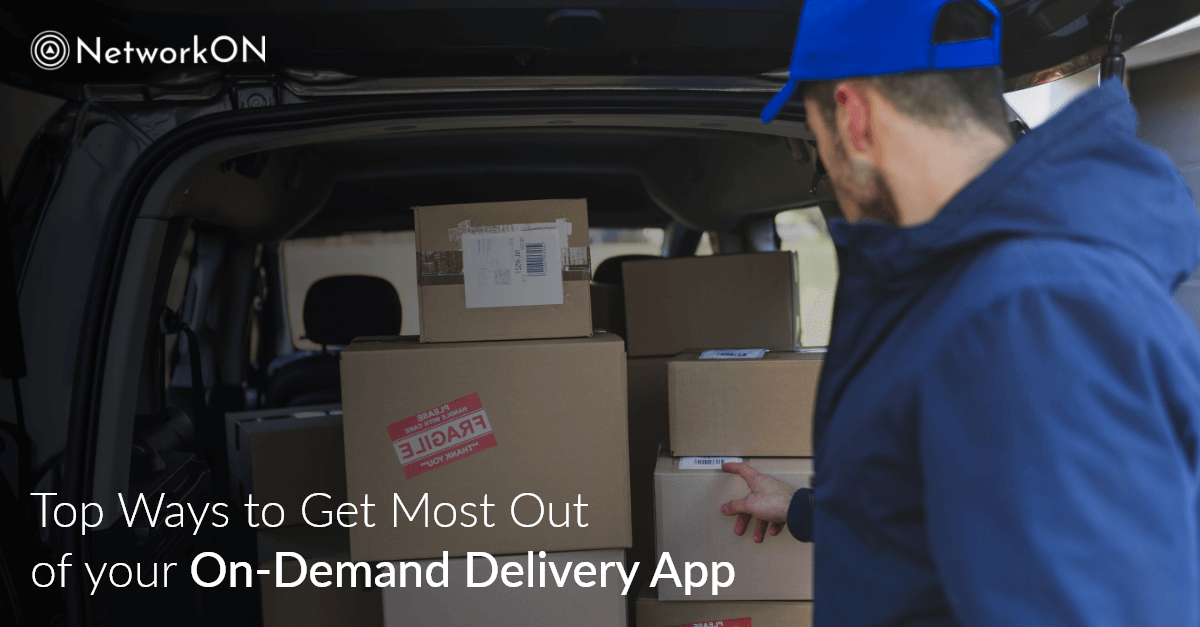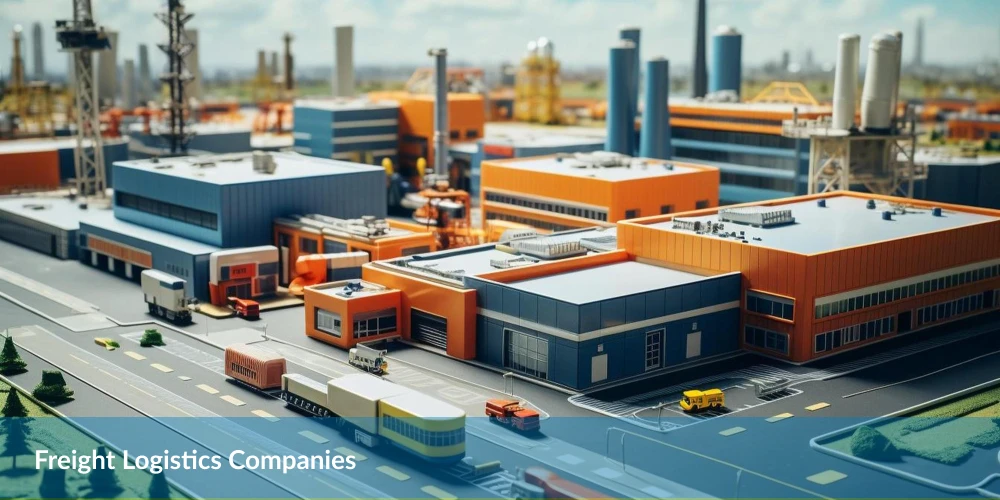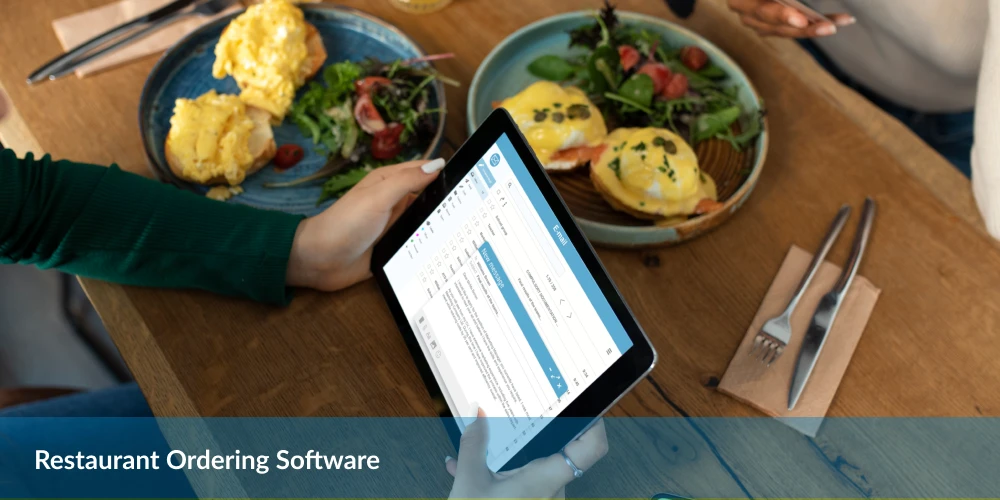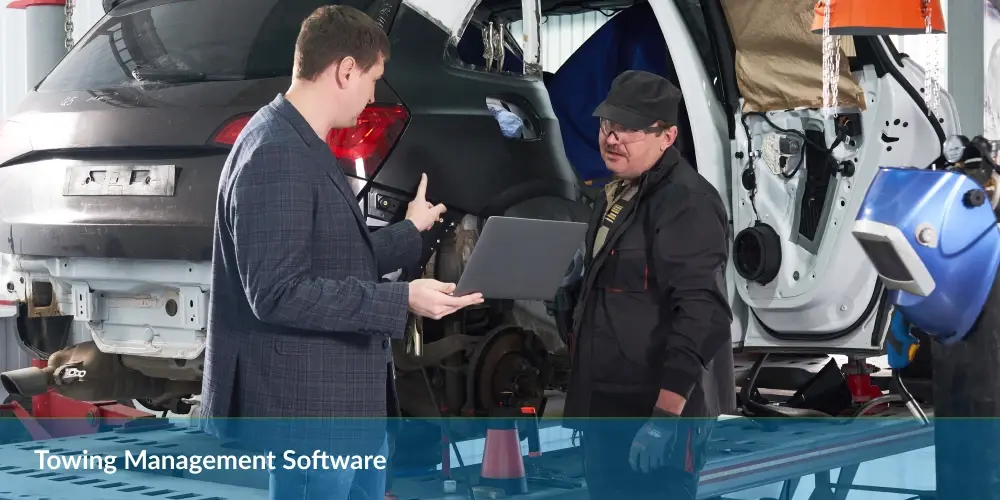Table of Contents
For over a decade, the on-demand economy has been gaining prominence among customers across the globe. The concept was popularized by Uber, DoorDash, Zomato, and many others. It is currently one of the most widely used business models, disrupting businesses and redefining customer experiences across a number of industries. Also, with the spread of Covid-19, the need for on-demand services has sky-rocketed.
Despite the learning curve being encountered by various service providers, the on-demand business model remains commercially successful.
Hence, it is important to understand the advantages and opportunities offered to business owners.
In this blog, we’ll look at some of the benefits and features of on-demand delivery apps and help you join the trend and adopt the model for your business.
What are the main advantages of on-demand delivery apps?
An on-demand app works to match the demand and supply in the quickest manner possible by prioritizing speed and convenience. Plus, an on-demand delivery app provides benefit to both the end customers as well as the business owners in the following aspects:
- Amazing customer experience: From the convenience of your mobile phone It hardly takes any time to make a choice and place an order. Order fulfillment and delivery is fast, for example, local food delivery can take anywhere between 10 to 30 minutes to execute an order, depending on your location. With a few taps, the customer can place an order, fulfill the payment, and get the products delivered with full visibility.
- Cost-effective: The on-demand model works through independent contractors that use their personal mode of transportation. This saves cost for the business owner as they don’t need to hire full-time couriers anymore. In addition, the consumers who use on-demand apps also find it cheaper than traditional delivery providers.
- Ease of Use: Within an on-demand delivery system, everything from placing an order, to making a payment, and tracking it in real time is easy. For business owners, it increases efficiency by minimizing the requirement of micro-managing the processes and reducing the time spent interacting with customers directly.
- Transparent: Ratings, reviews, and feedback provided by the on-demand delivery app users ensure better visibility and trust amongst all the stakeholders. For business owners, it helps them increase efficiency by working on their limitations and resolving any issues arising in the process. One of the most important characteristics of an on-demand delivery model is that solely relies on the mobile-first user experience.
Unlike any web-based application, mobile apps offer more flexibility and ensure serviceability on the go.
Here are the two main ways a business can use the on-demand delivery model:
Here are the two main ways a business can use the on-demand delivery model:
- By working with a 3rd party on-demand service provider: Involves collaborating with an existing on-demand delivery app that can offer your products to the users on their platform.
This will help you save the expenditure on starting your own delivery program.
- By building an on-demand delivery app for your business: Involves starting from scratch and building your own app to deliver your products to your target audience. It is beneficial if you don’t have any budget constraints.
Irrespective of the approach you choose, an on-demand service will help you deliver products to your customers quickly, providing you a definite competitive advantage in your niche.
Getting the most out of your On-Demand Delivery App
Even though the on-demand delivery market is dynamic and versatile, it is important you adopt certain strategies to excel and achieve business growth. Here’s how to begin:
- Start locally. It is beneficial and less risky to start your delivery process from a single location first and then think of expanding when your business starts to generate profit.
- Early promotion is the key. This is an effective way to attract early adopters and beta-testers and to get noticed by potential investors.
- Launch with an MVP. Like any product launch, it is a safe practice to launch the first version of your app with limited features with minimum investment to test its performance in the market.
- Real-time support and issue resolution. Fast customer response and resolution is the key to build credibility and avoid negative feedback.
- Use loyalty programs to engage with your target audience and increase customer recommendations.
In addition to all the points mentioned above, you also need a skilled software development partner to create, improve, and troubleshoot your on-demand delivery app.
We at NetworkON specialize in building on-demand economy apps with a successful lineup of products in the transportation, food delivery, and automotive sectors.
The NetworkON Advantage
On-demand logistics have become the industry standard for businesses trying to build an omnichannel presence.
Also, the future of retail is in the development of fulfillment centers as opposed to traditional brick-and-mortar shops. And with the integration of newer technologies and innovations, the supply chain system will benefit from augmented reality, drones, self-driving trucks, and AI-powered devices in the coming future.
By collaborating with NetworkON, leveraging their deep expertise in the On-Demand Economy and business models, you get a winning start. Contact us at info@networkon.io or visit our website to learn how our on-demand logistics solutions can put you at a definite advantage.





0 Conversations